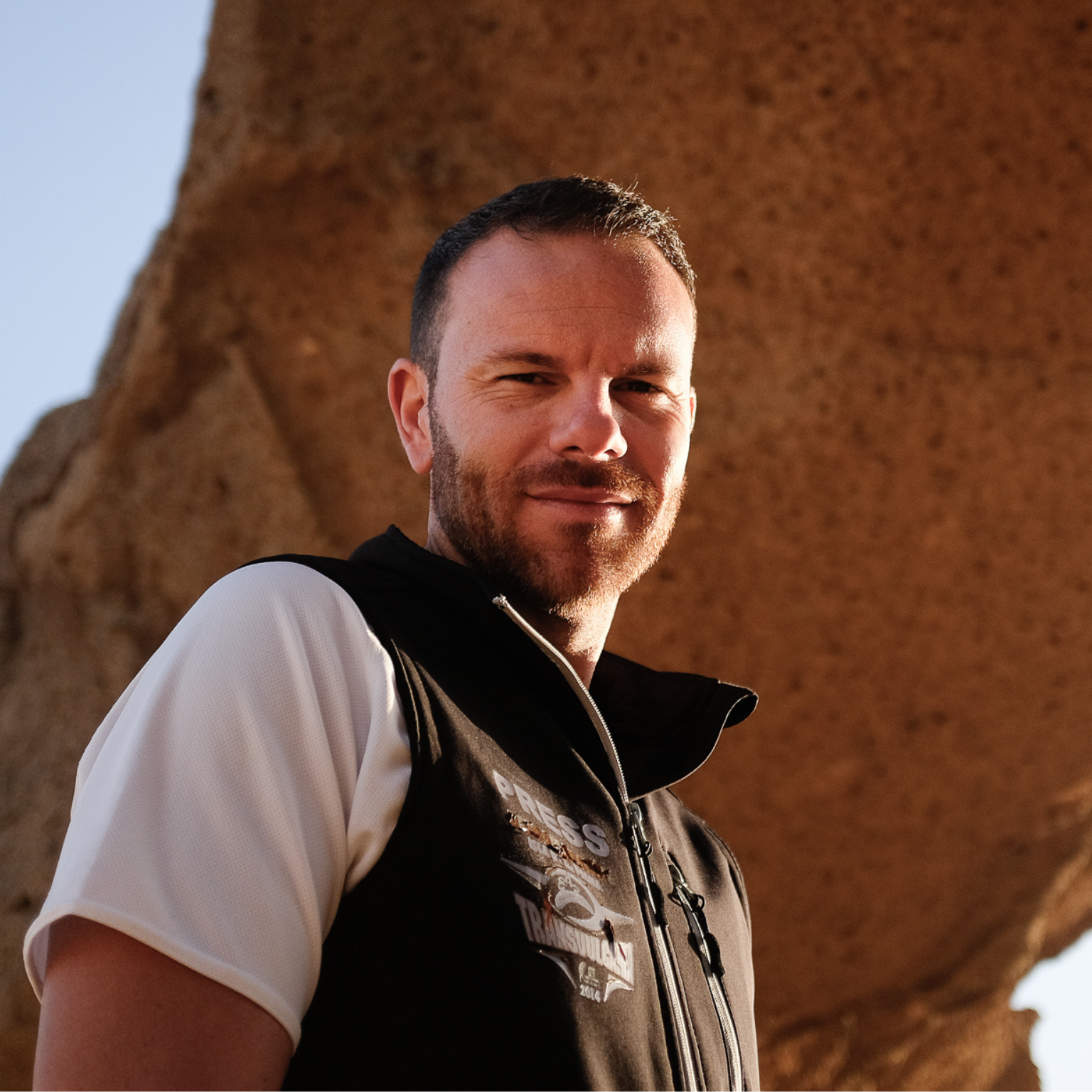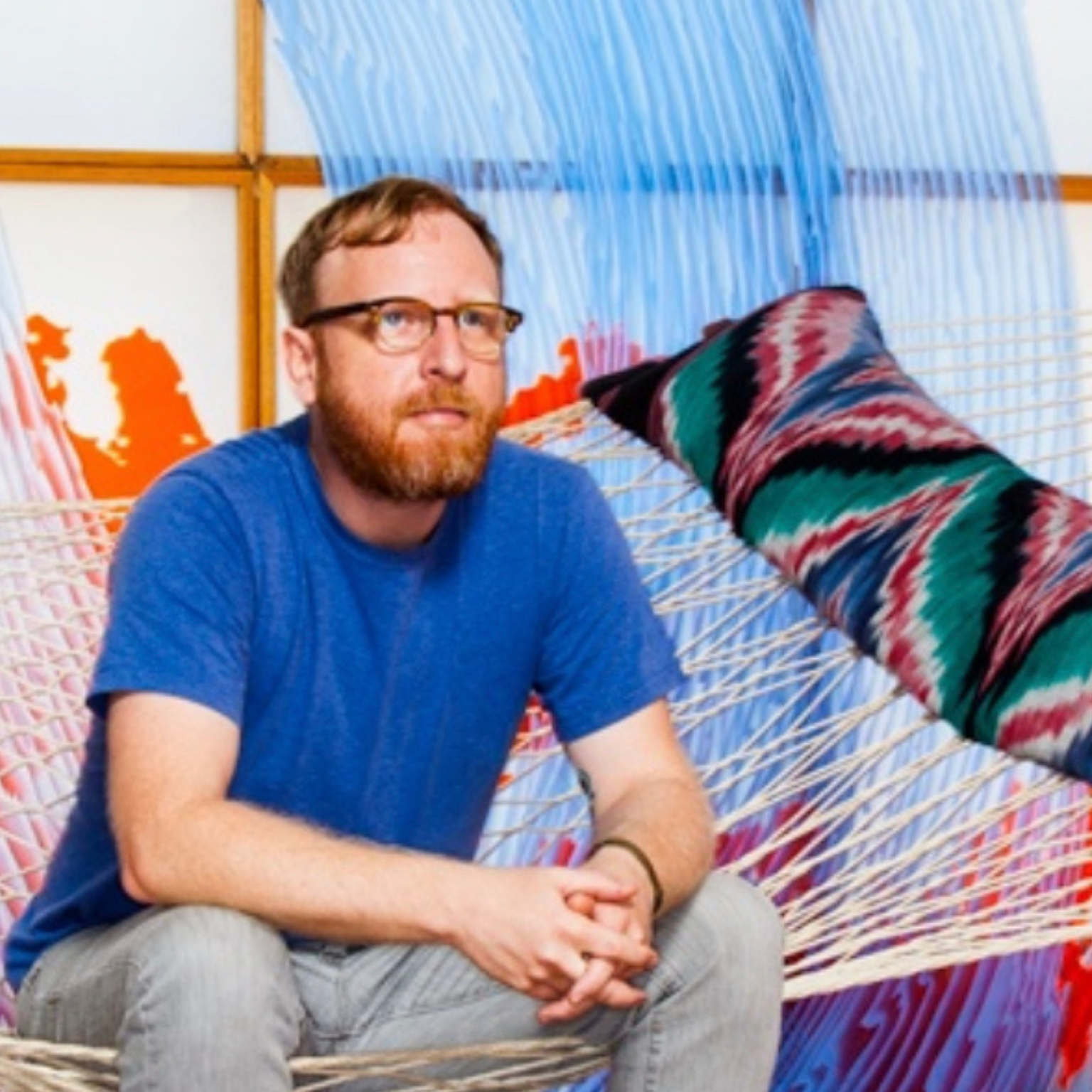Paolo La Motta, artist from Napoli, Italy. Photo © Ferranti Ferrante
The artistic production of Paolo La Motta (Napoli, 1972) is a continuous flow of memories and sensibilities that intertwine and find an ever-new dimension, apparently frozen in time in the figures and colors that the artist imprints on the material.
Born and raised in the Sanità district of Napoli, where he still lives today, it is the place par excellence where the artist’s memories are transformed into works of art until they become postcards to be framed and from which to extract the eternal from the ephemeral. A place of strength, reflection and synonymous with opportunity.
Before studying at the Academy of Fine Arts in Napoli, as La Motta tells us, he took his first steps in art right in his neighborhood at Palazzo Sanfelice, a monumental palace in Baroque style in piperno and marble, with falcon-wing stairs and with some stucco mermaids; here the artist attended elementary school.
“The Palazzo reminds me of an almost physical memory, as if I had physically experienced a work of art: running up those stairs and hiding in the ravines of that magical space is something magical for a child of about nine years old! This relationship has remained with me and even today observing Palazzo Sanfelice continues to be one of the sources of inspiration, but also a strong source of energetic presence. I like to think that the beginning was somehow there”.
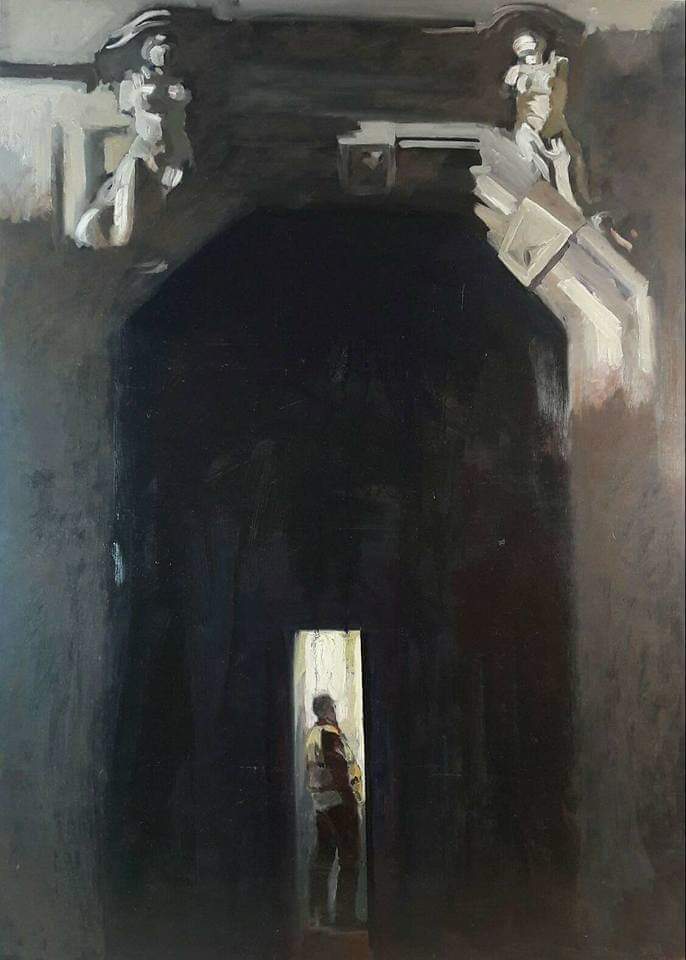
Speaking of sources, you are also a film buff who somehow defined your expressive style…
Yes, I find inspiration from different sources which then connect to each other, especially from cinema. Since I was a child I have always watched many films even without knowing if they were by Federico Fellini, Michelangelo Antonioni or François Truffaut, but obviously also by leafing through books, art catalogs and meeting a boundless world of artists and styles such as Beato Angelico, Arturo Martini up to photography by André Kertész.
My technique is not an end in itself, but it is language, it is research and it reflects what you want to say and that is why in my production I use different mediums such as sculpture, painting, drawing, and photography.
The medium varies independently and everyone has their own spaces and the really interesting thing is that I don’t decide. They are the ones who come to me and I let myself go when I feel there is a need to say something. The language meets my sensitivity, my experience, and my historical and critical research.
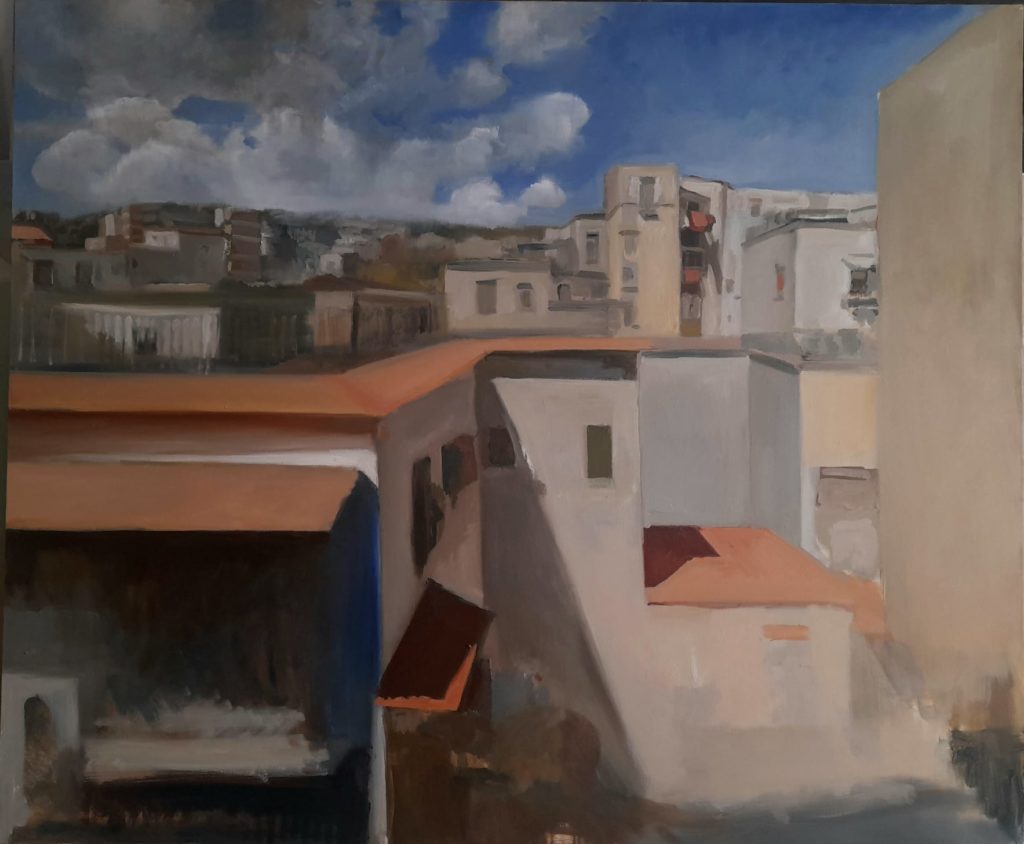
In your production, we can perceive and see a strong sense of belonging to the territory. Is there any project that you haven’t completed yet for emotional reasons?
Yes, there are likely to be several things I’d like to accomplish, but because of that they still get stuck in some way. In my work, I always try to hide this aspect of my emotionality, or rather I delude myself into putting it aside, and for now, it helps me to continue, to move forward with my production. Then who knows…
Over the years Napoli has changed, is changing and in your paintings, there is also a veil of nostalgia. What do you miss most about your city?
I’ve never tried to depict Napoli, but how I live my daily life, how I breathe it, so I describe it. I represent the things that I live and it is inevitable then to tell them with a timeless dimension that I then find in the extraordinary photos of Mimmo Jodice from the eighties in which there is a metaphysical conception.
I have a profound reflection on the Italian twentieth century because it is a source of inspiration and a critical vision of an extraordinary period that goes, for example, from Giorgio Morandi to the Roman school.

I like to immerse myself in a conception of a silent city, of emptiness, because that’s where I’ve always found myself. Even in the perspectives I create there is a personal conception of time. Space and time are inevitably linked, but on a two-dimensional surface it’s an illusion, so I try to build time exclusively in what you look at, playing with the memory and experiences of those who are observing my work at that moment.
In recent years you have also exhibited abroad, especially in France. What is your relationship with this country?
Yes, for some years now I have had an increasingly close relationship with France. But it all started first with the episodes of the Paris Commune following artists such as Gustave Courbet and Charles Baudelaire and then I especially love the painter Jean-Baptiste Camille Corot for his simplicity, timeless absolute classicism, and tonal work. Still Georges Seurat and the first works of Odilon Redon.
My relationship with foreign countries, in particular with France, is direct, perhaps because the French probably immediately understood the nature of my work and therefore captions are not even needed to clarify some things.
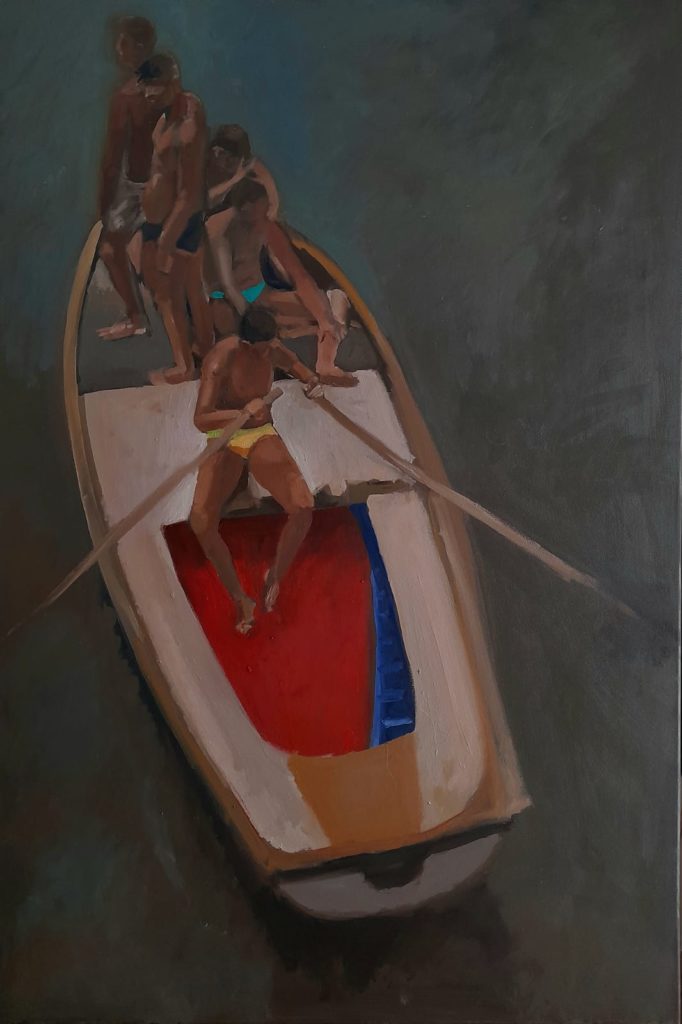
Even casual encounters give rise to projects that then give you those opportunities that we would all like, such as the meeting with Sylvain Bellenger, the general director of the Capodimonte Museum for the 2021 exhibition Paolo La Motta. Capodimonte incontra la Sanità (Paolo La Motta. Capodimonte meets Sanità).
But also met with the art historian Jean-Loup Champion who curated an exhibition on Vincenzo Gemito and who, among other things, wrote a text for my exhibition at the Mercier Gallery in Paris.
Even meeting friends like the photographer Ferrante Ferranti are meetings that allowed me to have an understanding of France that I can’t explain, but I know it’s wonderful. In general, Napoli is a complicated and difficult city in many respects, but up to now, I have had the good fortune to be an independent, free artist.
What is your relationship with innovation and in relation to the art world?
Because of social networks, there is probably a very superficial approach to art. I’m not against technology because it should help us live better, but the means often exceed the aim: the virtual tool was supposed to help us overcome difficulties of a physical nature, instead it has led us to greater virtuality and I think we have to stop and understand what’s happening around us.
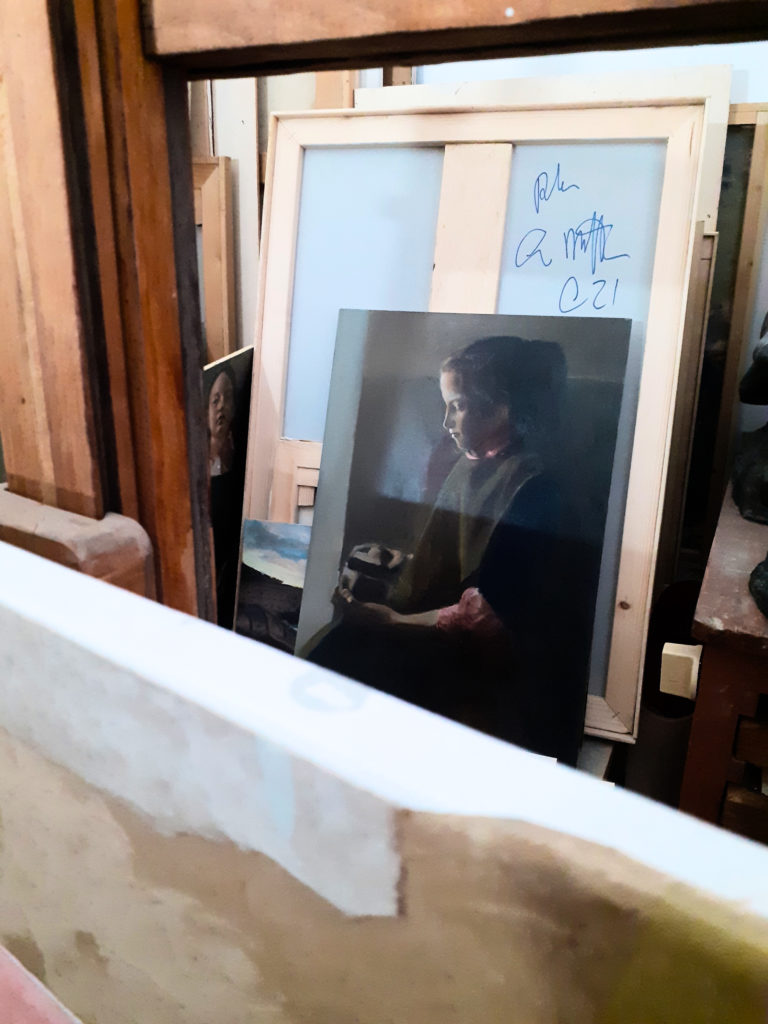
Artificial intelligence somehow impoverishes us because instead, we should understand that experience as it could make us appreciate more what surrounds us to avoid creating strong inconvenience.
What do you think is missing?
In my opinion, people want to be together, to see the works but also to clarify because there is confusion from a cultural, artistic point of view. We think less and less about what are the means to acquire to understand certain things and you can’t always just perceive them; so to understand it is also necessary to study and somehow give in order to receive, and deepen a topic or a work.
For example, I would never say that conceptual art is inferior to sculpture. Art is a language for which all means are good, but it matters what the artist has to say and how the message gets to the audience. All means are good if the end is art, without necessarily dividing into categories.
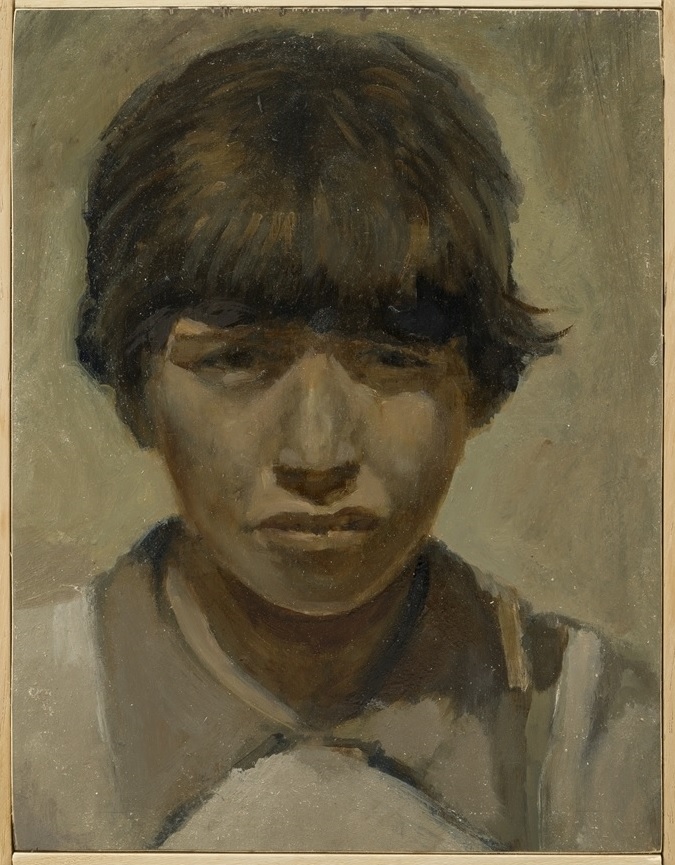
What are the next projects?
As a film enthusiast, I always say that “when I grow up” I’d like to make a short film, but I’d also like to have an exhibition, not necessarily in a gallery or museum because original ideas stimulate me a lot. For example, the exhibition Il mare bagna Napoli. Sequenze (The Sea Wets Napoli. Sequences) underway at the Napoli International Airport is a marvel because despite being a place of transit, a museum layout has been created thanks to the Capodimonte Museum.
I am very happy because there is an audience there whose identity you never know, it is in flux because it changes day by day. And starting from the idea of this project I would like to bring together all the languages with which I relate to create a sort of large space/installation with the works I collect: sculptures, drawings, paintings, and also the catalogs of some exhibitions. The aim is to stimulate without captions, perhaps only with a song in the background.
I feel I have to say many things and I really like the idea of doing two exhibitions at the same time, as happened by chance in recent years with an exhibition at the Andrea Nuovo Home Gallery with Finestre sul quadro (Windows On The Painting) and at the Capodimonte Museum and today at the Airport and at the Vincent Auction House in Napoli with the one-man show PitturaContinua (ContinuousPainting).
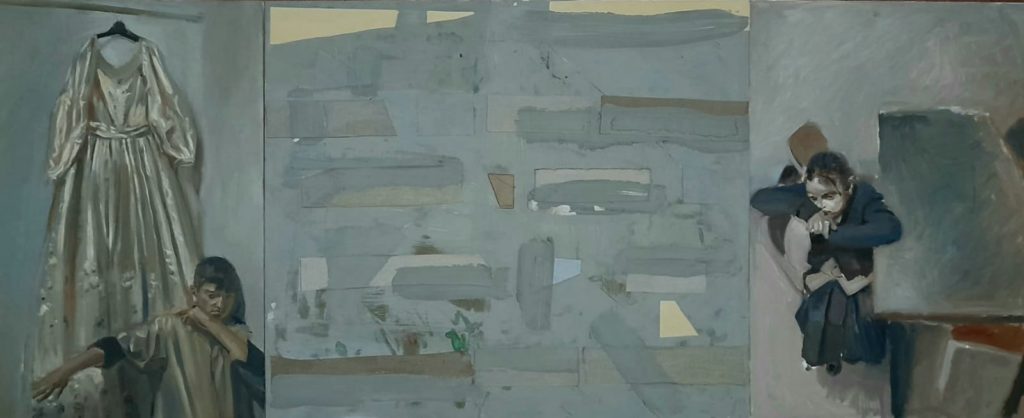
Interview by Fabio Pariante, Twitter / Instagram
MORE
Paolo La Motta: Instagram

